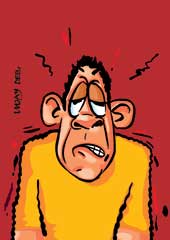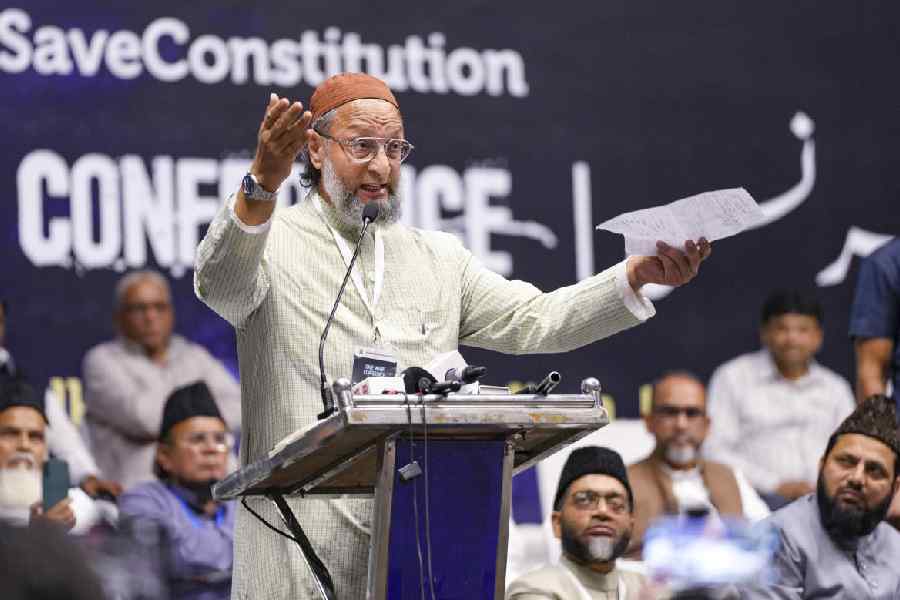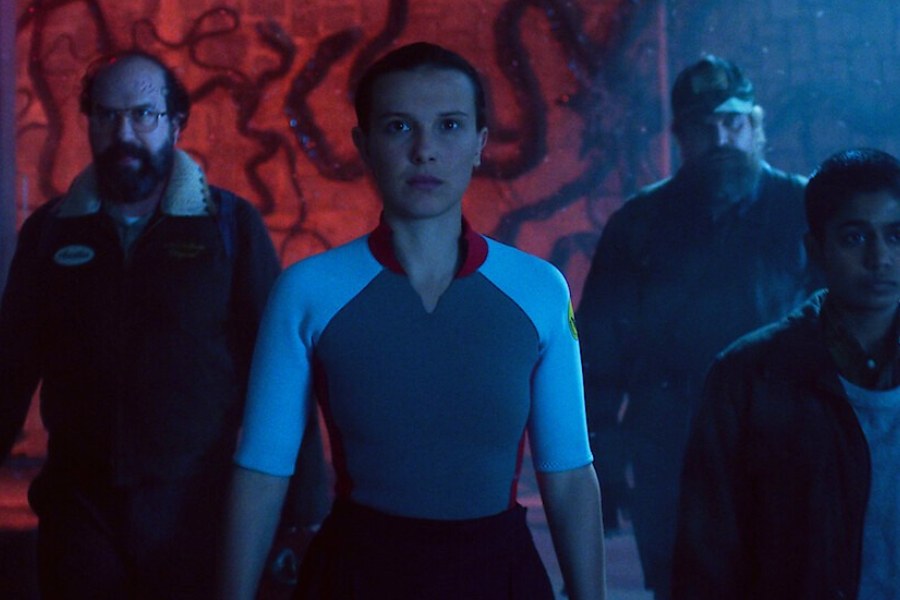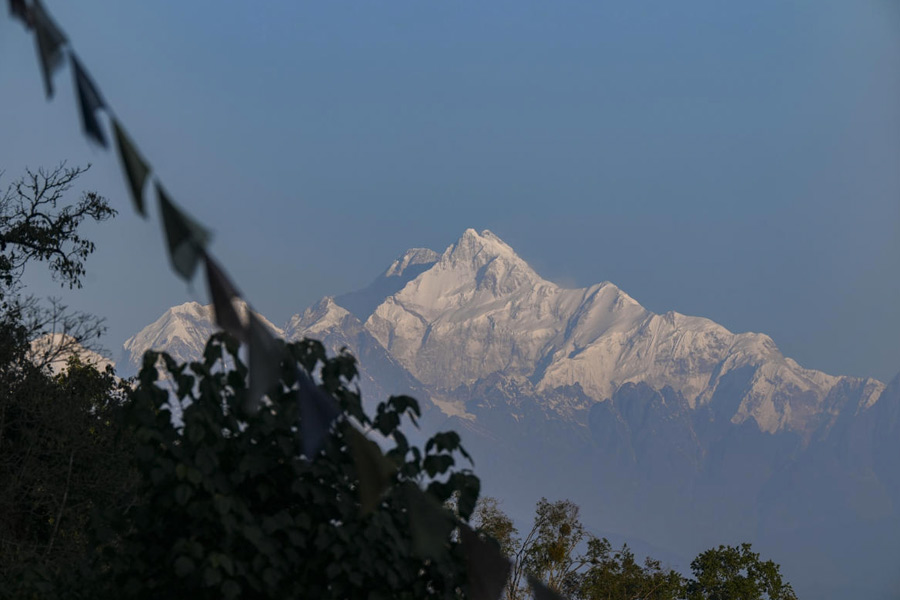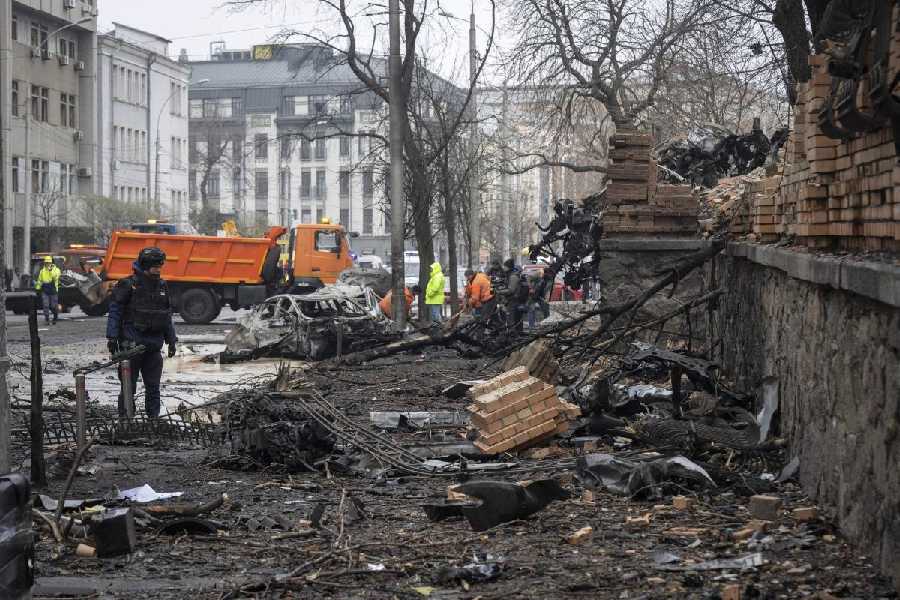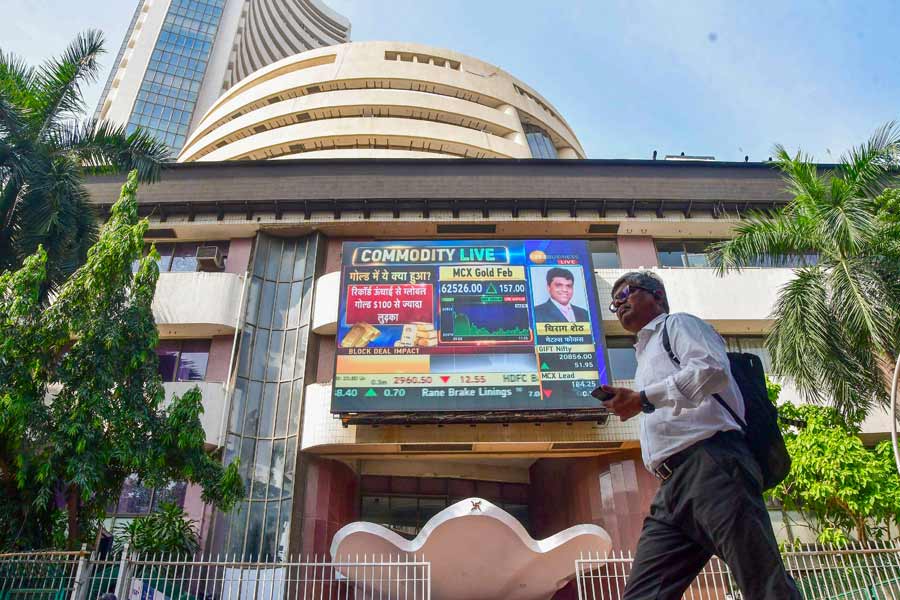 |
Shabina Akhtar explains: Hernia is the protrusion of a tissue, structure or part of an organ through the muscular tissue or membrane by which it is normally contained. It comprises three parts — namely, the orifice through which it “herniates”, the hernial sac, and its contents. The term hernia almost always refers to the passage of abdominal contents through their usual boundaries.
“It would be incorrect to say that men are more prone to hernia. Medically, hernia has no gender bias. Both men and women can be affected by it,” says Dr Joydip Bhadraray, general and laparoscopic surgeon, Apollo Gleneagles, Calcutta.
Hernia occurs due to certain defects in the lining of the body cavity wall that provides restraint to the visceral organs. These defects are anatomical, and need not be rectified. They are present in the body for certain purposes. However, a weakness in the walls leads to the development of a bulge, which can later develop into a protrusion. It is a common observation that such openings or defects are abundant in the abdominal cavity and the groin region. Hence, these regions are more prone to hernia.
“Such defects are congenital in both males and females. But in males, these defects open externally for the spermatic cords to pass into the testes, thereby making the defect more prominent than in women who have their reproductive system enclosed within the abdominal cavity. As there is no equivalent of this in the female reproductive system, women are less prone to developing this type of hernia,” says Dr Debashis Roy, consultant surgeon, Apollo Gleneagles, Calcutta.
There are various types of hernia like the femoral hernia (more common in women), inguinal hernia (as explained above and more prominent in men) and incisional hernia that can occur after a surgery. That apart, the activities of men make them more prone to developing hernia. This is because physical exertion often pressurises the body contents to ooze out of these natural abdominal and groin defects, thereby leading to hernia.
The question was sent by Amit Khemka, Calcutta

